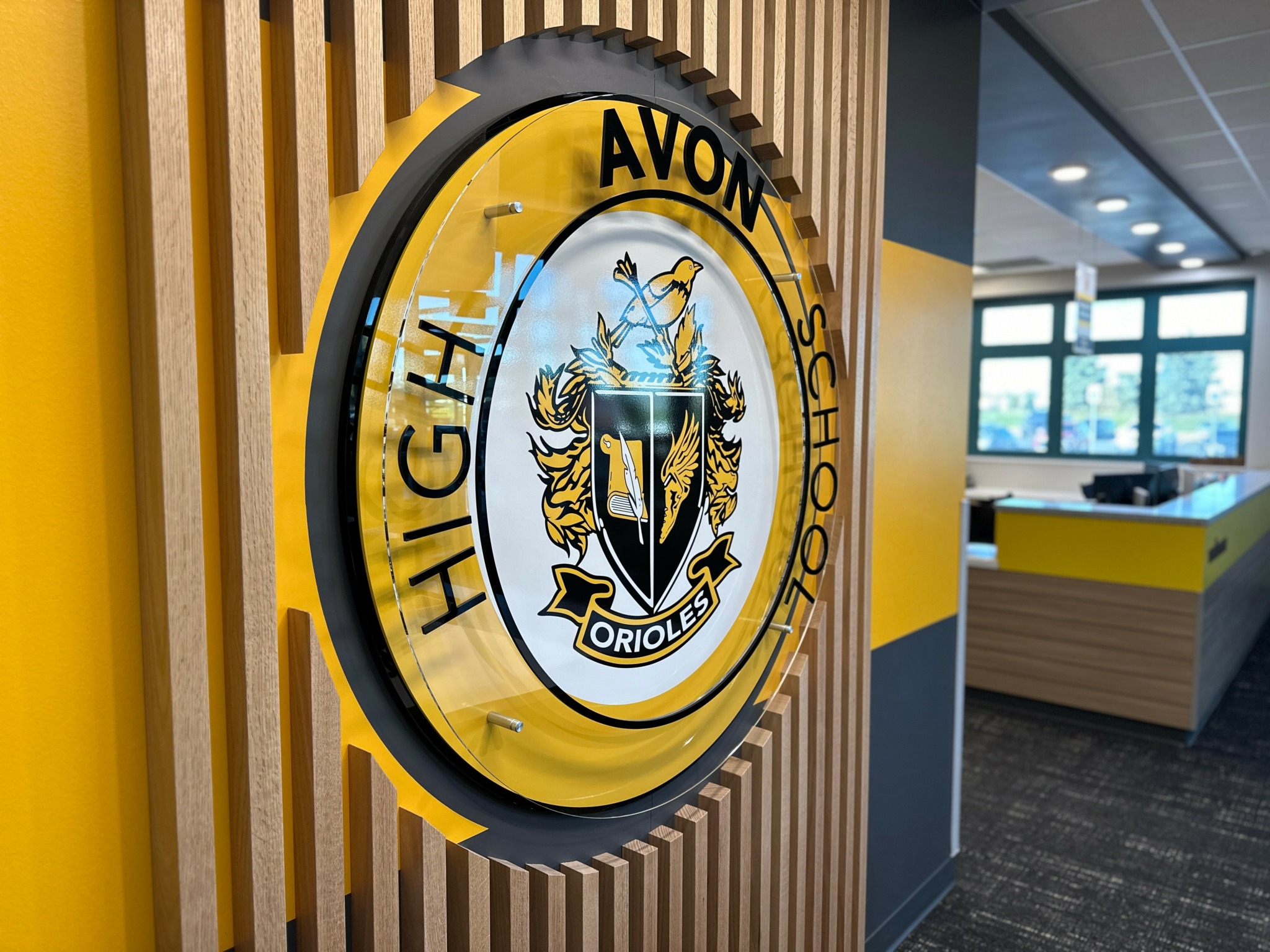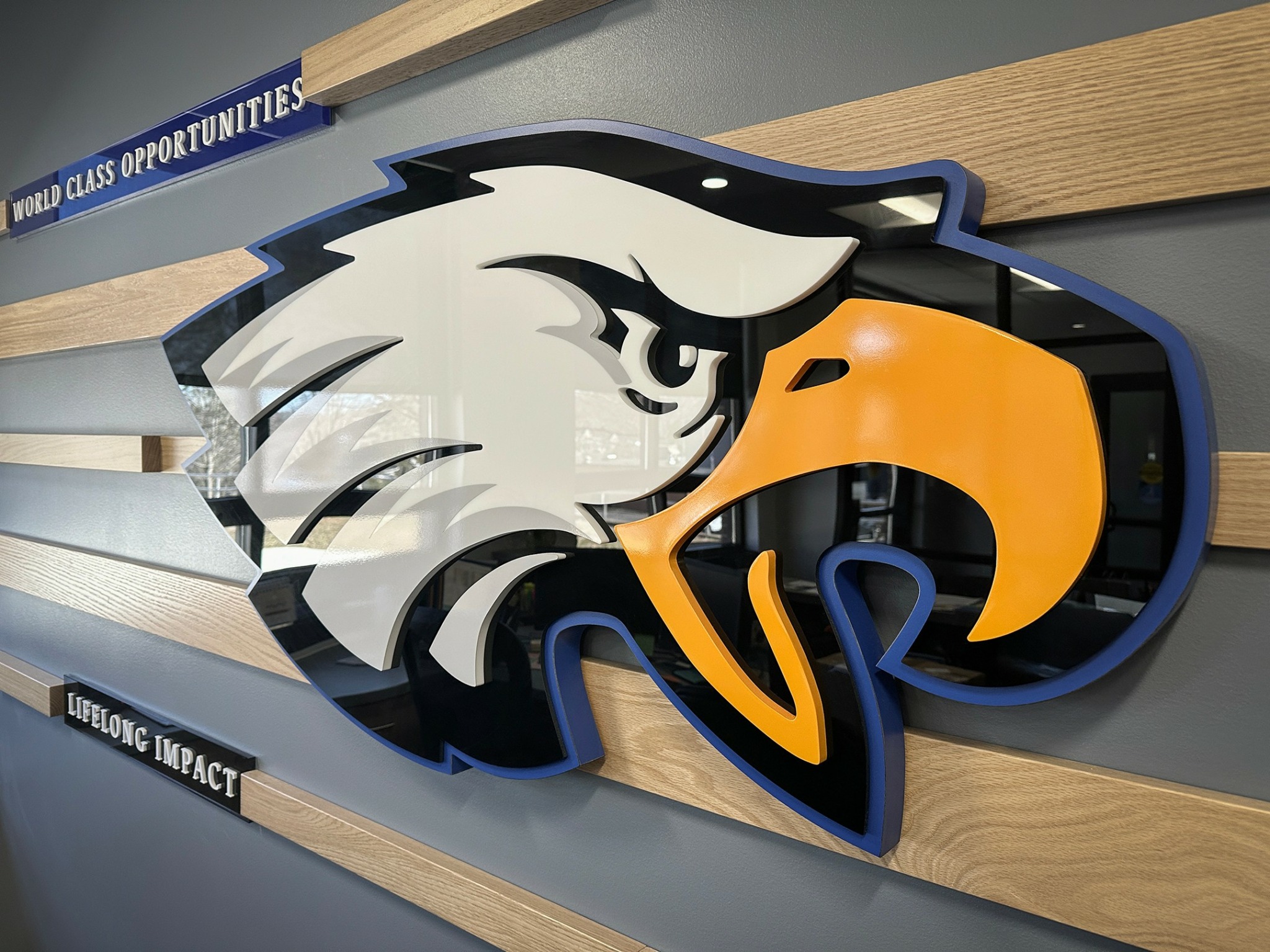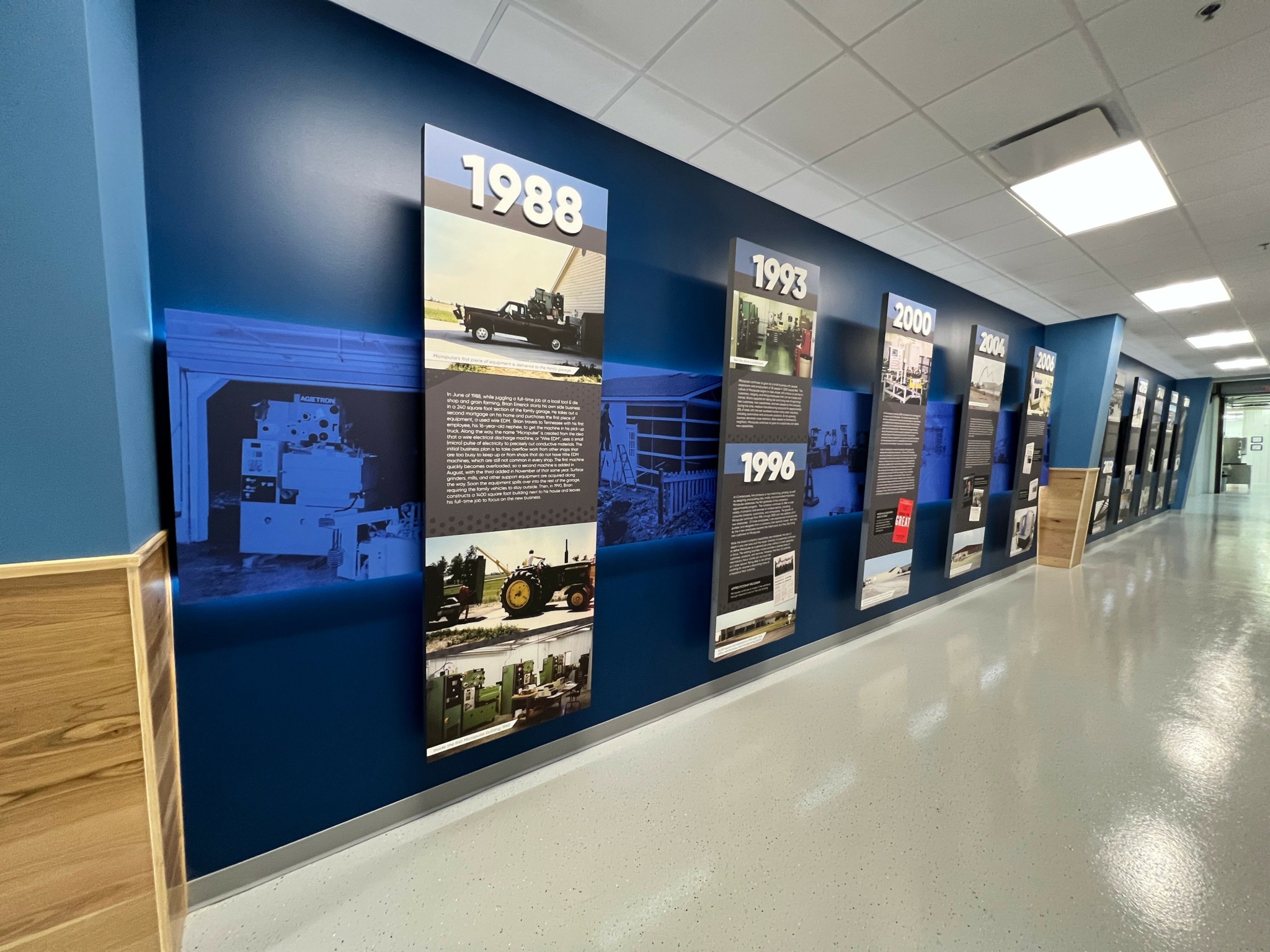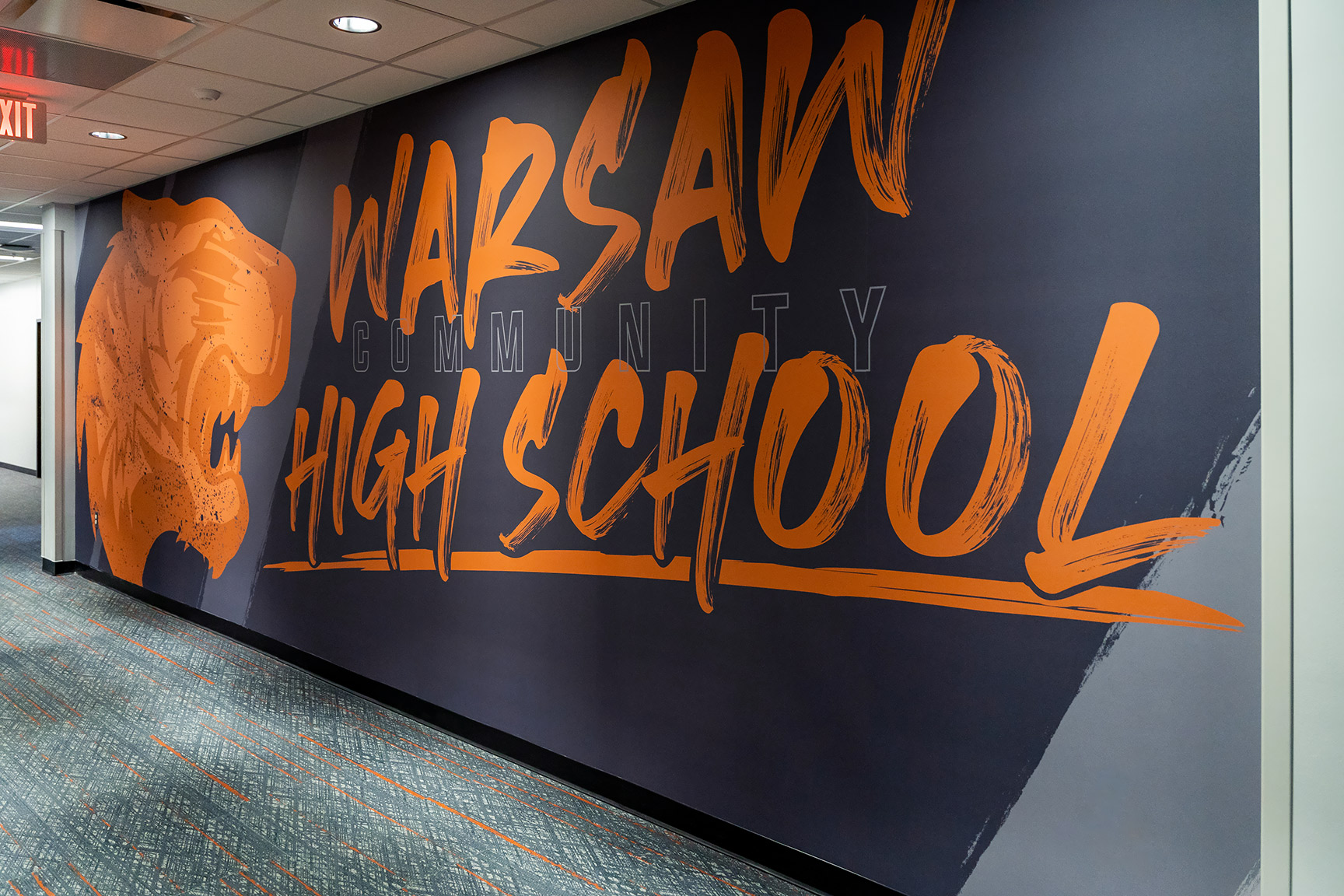We recently connected with Cullen and have shared our conversation below.
Cullen, appreciate you joining us today. Let’s start with the story of your mission. What should we know?
Our goal is to design environments that elevate and embody the essence of a brand. We begin by gaining a comprehensive understanding of the brand’s mission, vision, values, achievements, ethics, culture, and most importantly—its people. This foundation allows us to envision and then create spaces that are on-brand, purposeful, and unifying.


Great, appreciate you sharing that with us. Before we ask you to share more of your insights, can you take a moment to introduce yourself and how you got to where you are today to our readers.
How did you get into your industry / business / discipline / craft etc.?
Prior to brandspace, I spent roughly 12 years building brands within the marketing and graphic design industries. Midway through that journey, a new door opened—one that led me beyond pixels and print and into the world of physical brand experiences: trade shows, corporate interiors, POP displays, and immersive environments. As I began blending the strategic storytelling of branding with the tactile impact of spatial design, print production and custom fabrication, something clicked. I wasn’t just blending disciplines, but was uncovering a fresh, dynamic space where all of these pursuits could thrive together in the real world.
What type of products/services/creative works do you provide?
At brandspace, we help our clients transform their brands into physical spaces. This process unfolds across three phases.
Phase One — Define. Here, it’s all about discovery. We seek to build a framework of understanding around the brand’s history and future, its aspirations, challenges, the culture it seeks to foster, and how it should function within the space.
Phase Two — Design. This is where vision takes shape. Through 3D renderings, interior design, and graphic design, we begin to visualize all that we discovered in Phase One. Beyond the exciting visuals, we also spend a good deal of effort here specifying dimensions, materials, fixtures, hardware, as well as production and fabrication procedures.
Finally, Phase Three — Direct. This is where ideas become reality. We swap our designer hats for our project manager hats, overseeing the production and installation of every detail to ensure the final space aligns with the approved concept.
What problems do you solve for your clients and/or what do you think sets you apart from others?
For many, branding and environmental design can appear to live within separate worlds. When the two converge, those leading these initiatives can quickly find themselves navigating unfamiliar territory—tasked not only with envisioning a brand within a physical space, but also with confronting a series of critical, and often daunting, questions: How will this be built? Who will build it? Will it look and function as intended? Is it within code? What will it cost? How long will it take?
At brandspace, our structured three-phase process is designed to answer these questions with clarity and confidence, and ensure that every project is both creatively inspired and strategically executed.
What are you most proud of and what are the main things you want potential clients/followers/fans to know about you/your brand/your work/ etc.
At brandspace, we consider ourselves brandvocates—dedicated advocates for our client’s brand. This stance means we prioritize the brand’s mission, vision, values, and strategic goals above personal preferences or subjective opinions, including our own. By doing so, we ensure that every environment we create is a thoughtful and authentic reflection of the brand, its purpose, and its people.
Our true value lies not only in our commitment to place the brand first, but also in our integrated, end-to-end process. Clients benefit from a streamlined experience—eliminating the need to juggle multiple vendors—while gaining the confidence that the final outcome will align with the approved concept. One bit of feedback that we love hearing from our clients is how the finished space looks exactly like the renderings.


We’d love to hear a story of resilience from your journey.
Prior to starting brandspace, I was employed by a company that had no business hiring me, but they saw something I didn’t. While I was focusing on my lack of skills and capabilities, they saw potential and creative curiosity. The owner at the time had tasked me with a handful of projects which spanned several weeks. At one point he had me on site to review the projects, and yelled out, “Are you going to ask me for a job or what?!” We had a good laugh over the fact that he was willing to hire me weeks ago, but wanted me to ask him for a job as a demonstration of my interest.
About a year or so into this job, I recall that my office was right outside the fabrication shop. I would submit a design only to have a fabricator or engineer angrily march into my office claiming that what I had designed wasn’t able to be built, and they were right! After enough of those encounters, I made a point to spend as much time out in the shop as I could — asking questions, understanding the materials we used, experimenting with the machinery. Eventually, my conversations with team members turned from confusion and frustration, to intrigue as I would introduce new fabrication techniques, alternative products that were better suited for the job, or more cost-effective solutions.


What’s a lesson you had to unlearn and what’s the backstory?
A lesson that I had to unlearn was, “the client is always right.” I believe this is rooted in the fact that the client pays the bills, so whatever they want is what they should get. I believe this is ultimately true, but not first without a fight if I truly believe they’re headed in the wrong direction. I make a point with every client to inform them that I am their “brandvocate” (i.e. advocate for their brand). This means that I believe it’s my responsibility to be transparent with them as to what’s within their best interests. Sometimes, this means hard conversations need to be had, but I always make sure to have sound reasoning and alternatives at the ready. I’ve not once encountered a client who did not appreciate this approach. My hope is that it demonstrates authenticity and trust that my clients can depend on.
Contact Info:
- Website: https://www.createbrandspace.com/
- Instagram: https://www.instagram.com/createbrandspace/
- Linkedin: https://www.linkedin.com/in/cullen-nance/




